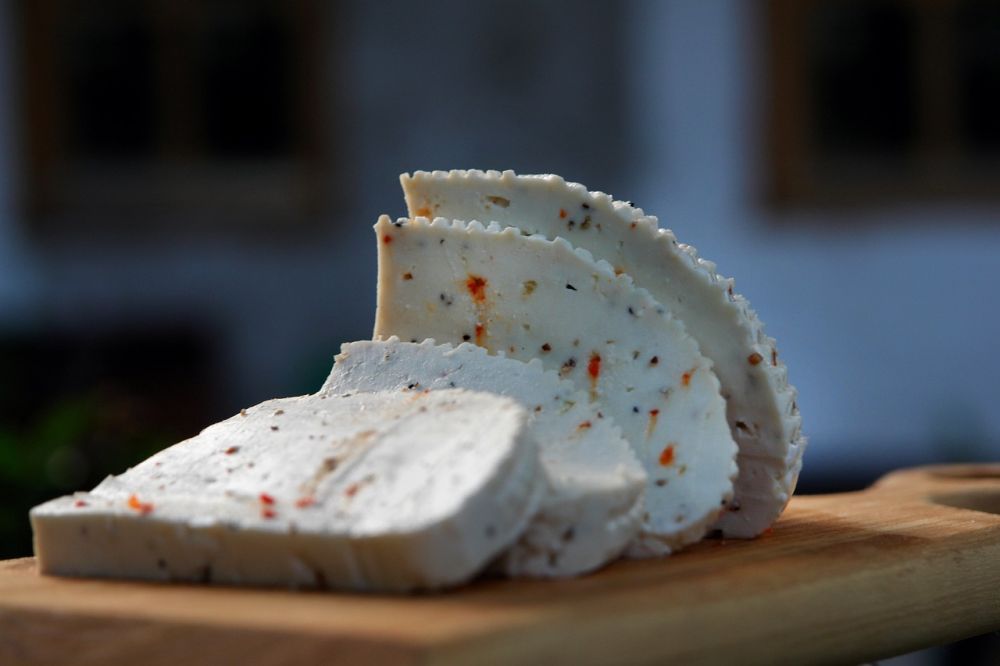Keto Dessert: Exploring the Delicious World of Low-Carb Delights

Introduction
When it comes to desserts, the keto diet may seem restrictive due to its emphasis on low-carb, high-fat foods. However, the world of keto desserts is far from dull, with a wide range of options that can satisfy any sweet tooth. In this article, we will delve deep into the world of keto desserts, exploring what they are, the different types available, popular choices, and how they differ from one another. Additionally, we will provide a historical overview of the pros and cons associated with various keto desserts.
Overview of Keto Dessert

Keto desserts are specifically designed to be low in carbohydrates and high in healthy fats, making them compatible with the ketogenic diet. This diet focuses on consuming minimal carbohydrates to trigger the state of ketosis, where the body utilizes fat for fuel instead of carbs. By incorporating keto-friendly ingredients, such as almond flour, coconut flour, and sugar alternatives like erythritol or stevia, it’s possible to create delicious and satisfying desserts without sacrificing the principles of the keto diet.
Types of Keto Desserts
Keto desserts come in a wide range of varieties, ensuring there is something for everyone’s tastes. Some popular options include:
1. Keto Cheesecakes: Creamy and rich, keto cheesecakes are made with almond flour crusts and sweetened with sugar alternatives. They can be topped with fresh berries or sugar-free sauces to enhance the flavor.
2. Keto Brownies: Fudgy and decadent, keto brownies are often made with a blend of almond flour and cocoa powder, sweetened with sugar substitutes like erythritol or stevia.
3. Keto Ice Cream: Creamy and luscious, keto ice cream is typically made with heavy cream and sweetened with sugar alcohols or natural sweeteners. Varieties can range from traditional flavors like vanilla and chocolate to more adventurous options like mint chocolate chip or cookie dough.
4. Keto Pies and Tarts: Keto-friendly pie crusts made from almond flour or coconut flour provide the base for delicious and flavorful fillings. From key lime pie to strawberry rhubarb tart, there are endless possibilities to explore.
Quantitative Measurements of Keto Desserts
While keto desserts offer indulgent flavors, it’s essential to consider their nutritional composition. Typically, keto desserts are measured in terms of macronutrients, such as fat, carbohydrates, and protein. It’s important to be mindful of portion sizes and to factor in any additional ingredients used in toppings or fillings. With careful planning and moderation, keto desserts can be part of a well-rounded ketogenic lifestyle.
Distinguishing Characteristics of Keto Desserts
While all keto desserts adhere to the fundamental principles of being low in carbohydrates and high in healthy fats, there are still distinct differences among them. These differences can include the base ingredient used (almond flour, coconut flour, or a combination), the texture (creamy, fudgy, or crumbly), and the sweetness level (ranging from mildly sweet to intensely sweet). Exploring these variations allows for a broader range of choices within the realm of keto desserts.
Historical Overview of Pros and Cons
Over time, keto desserts have evolved to overcome some of the challenges associated with following the ketogenic diet while indulging in sweet treats. Initially, keto desserts were limited in options and taste due to the absence of artificial sweeteners and alternatives. However, advancements in food science and innovation have led to the development of more palatable and satisfying keto dessert options.
On the positive side, keto desserts allow individuals on the ketogenic diet to enjoy the occasional sweet treat, satisfying cravings without derailing progress. Additionally, keto desserts can offer a sense of inclusivity and social enjoyment, as those following keto can partake in dessert-centered occasions without feeling left out.
On the flip side, it’s important to note that keto desserts, like all treats, should be consumed in moderation. While they provide a healthier alternative to traditional high-carb desserts, the high fat content can still contribute to excess calorie intake if not controlled. It’s crucial to strike a balance and incorporate keto desserts as part of an overall well-rounded diet.
Conclusion
Keto desserts offer a delicious and satisfying way to enjoy sweet treats while adhering to the principles of the ketogenic diet. With a wide array of options available, individuals following the keto lifestyle no longer have to miss out on the joys of desserts. By understanding the various types of keto desserts, their characteristics, and the pros and cons associated with them, food enthusiasts can make informed choices that align with their dietary goals. So go ahead and explore the world of keto desserts, and indulge in guilt-free pleasures without compromising your health and well-being.











